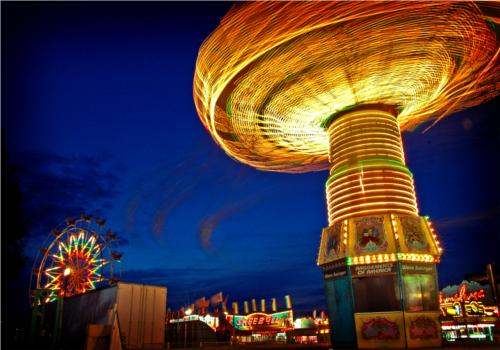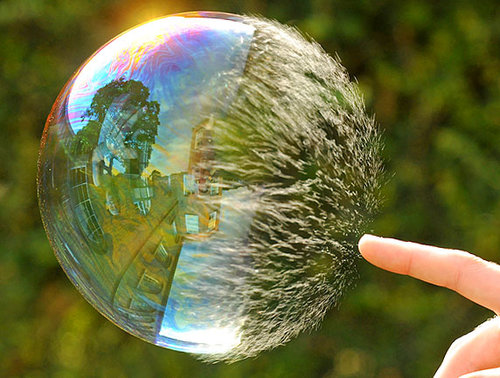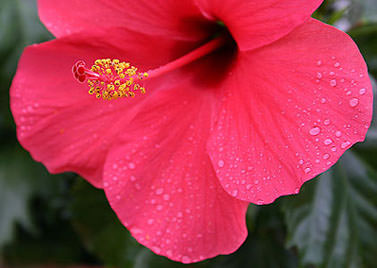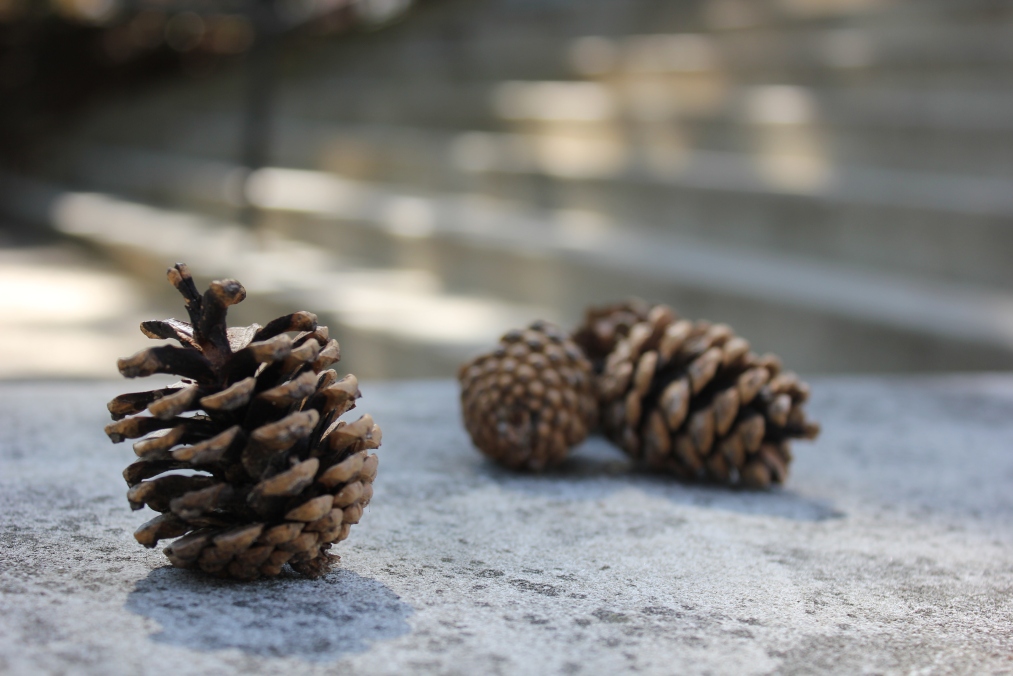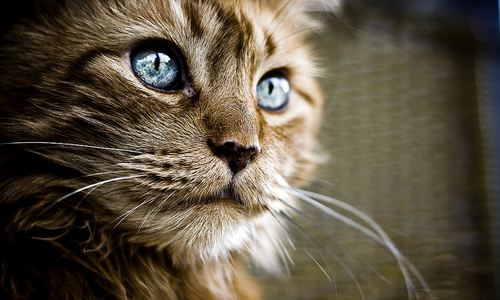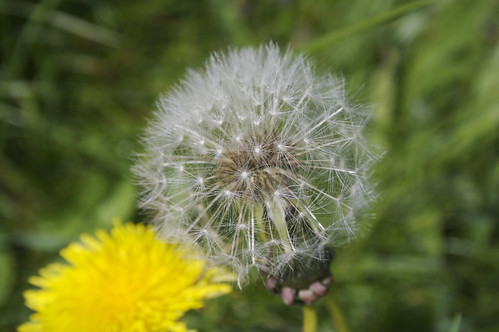
http://www.popphoto.com/how-to/2011/01/how-to-shoot-hard-light
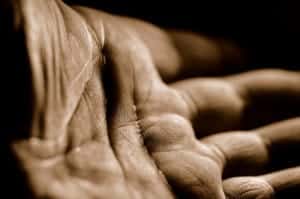
The photo on the left portrays hard light because there is a small light source on the man's body and also because of the black background. The light allows the man's muscles to pop off the picture and giving the image a some what hard and serious tone.
http://improvephotography.com/611/hard-light-portrait-photography-tips/
The hand to the right exemplifies hard light because the small light source casts harder shadow and defines the creases on the hand. The object now has an ominous tone.
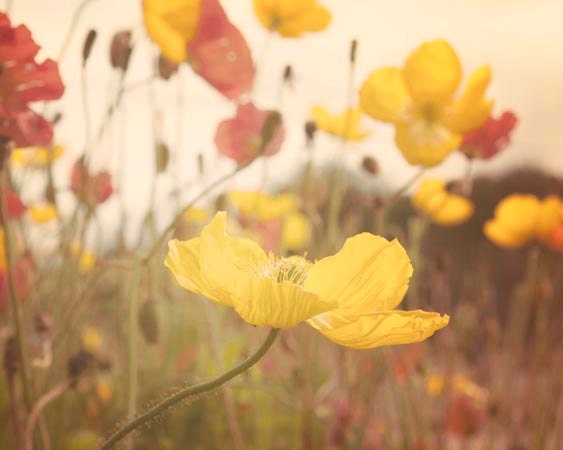
http://www.etsy.com/au/listing/150333514/nature-photography-poppy-flowers-boho
The nature photo portrays soft lighting because the sun is the light source and it doesn't give off defined shadows or hard details. The texture of the picture is soft and light.
http://www.photomunki.com/2011/06/29/using-soft-light-to-photograph-babies/
The baby with his finger in his mouth exemplifies light photography because the tone is not harsh and you cannot see any dark shadows. In addition to this, the tone is happy and enjoyable.











